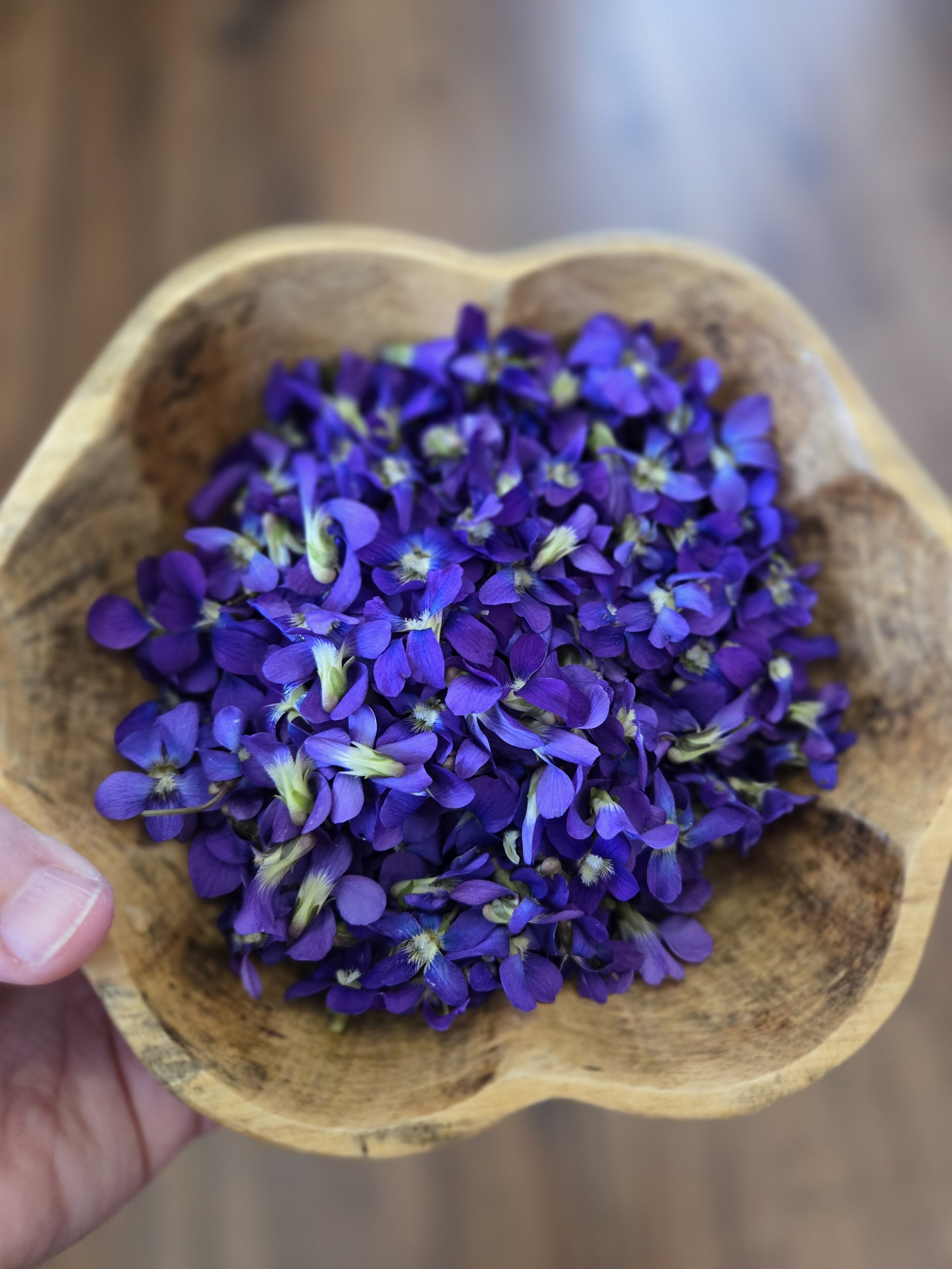The Rules of Foraging
Wildcrafting, otherwise known as foraging, is an exciting way to appreciate the abundance of nature’s gifts. However, it’s very important that we forage in safe, responsible, and sustainable ways.
1) Always be completely certain of the safety and edibility of the plant you are harvesting. Make sure to never harvest in an area that has been exposed to pesticides, herbicides, and other toxins. Unfortunately, this leaves most subdivisions out. If your neighbor sprays Roundup, your plants could be exposed. Be aware of your surroundings at all times. Don’t stick your hand in any dark holes or try to fight a snake or anything. Use common sense.
2) Remember that you do not own these plants. They are a gift from the Earth to ALL of her inhabitants. You must pick with prudence. Never take the biggest or last of something. And remember that these plants are the only food source for some critters. So, unless you want to start fighting off swarms of bees in the produce section of the Piggly Wiggly, you better leave them something to eat.
3) Never harvest more than 1/4 of what is available. Never harvest more than you will use. It is disrespectful to waste foraged plants. Always leave a place better than you found it: collect any trash found in an area and repair any damage you may have caused. Always ask permission before wildcrafting on someone else’s land and respect no-picking policies in National Parks and other public places. However, you are welcome to harvest and use as much of an invasive species as you want. That reminds me, I should make some kudzu jelly in September.
Happy harvesting!
